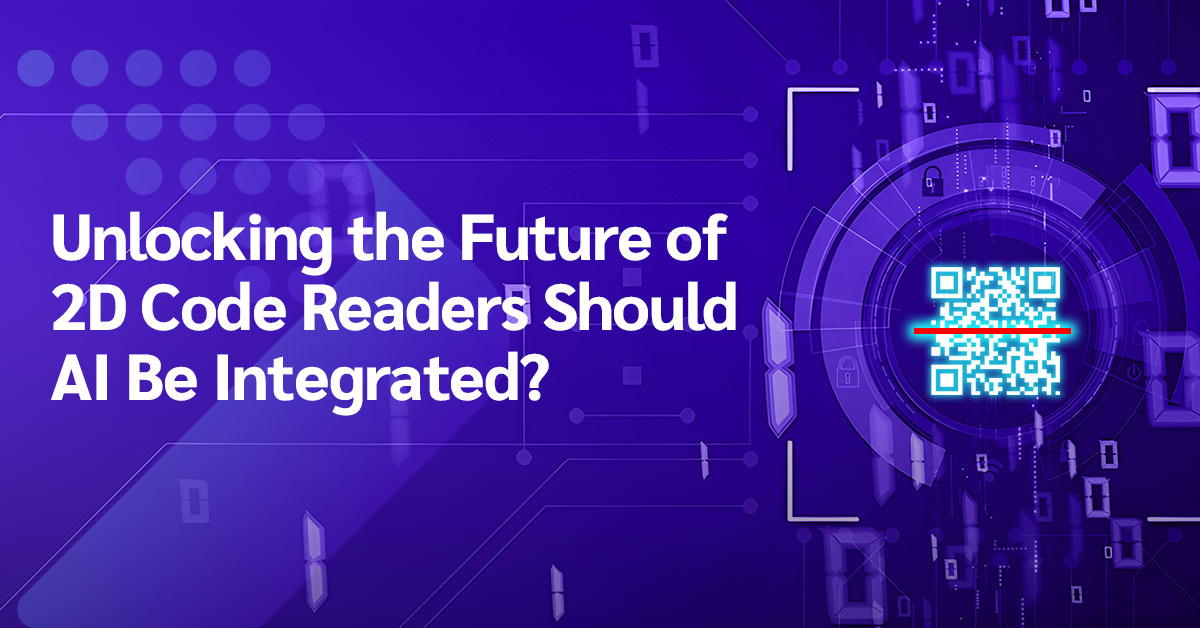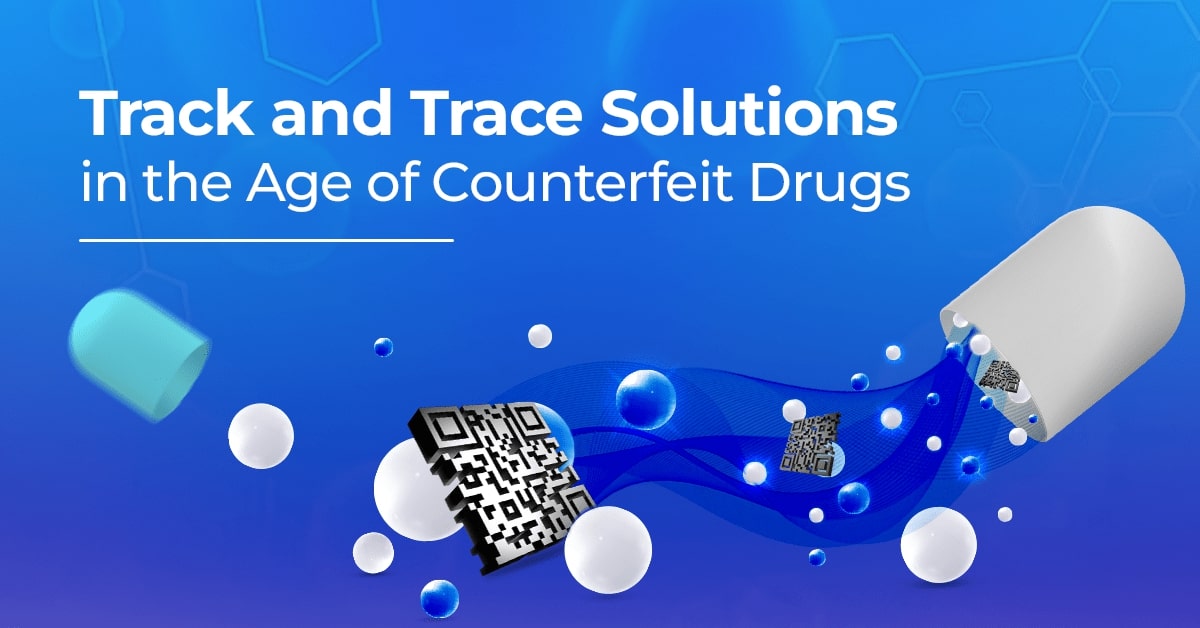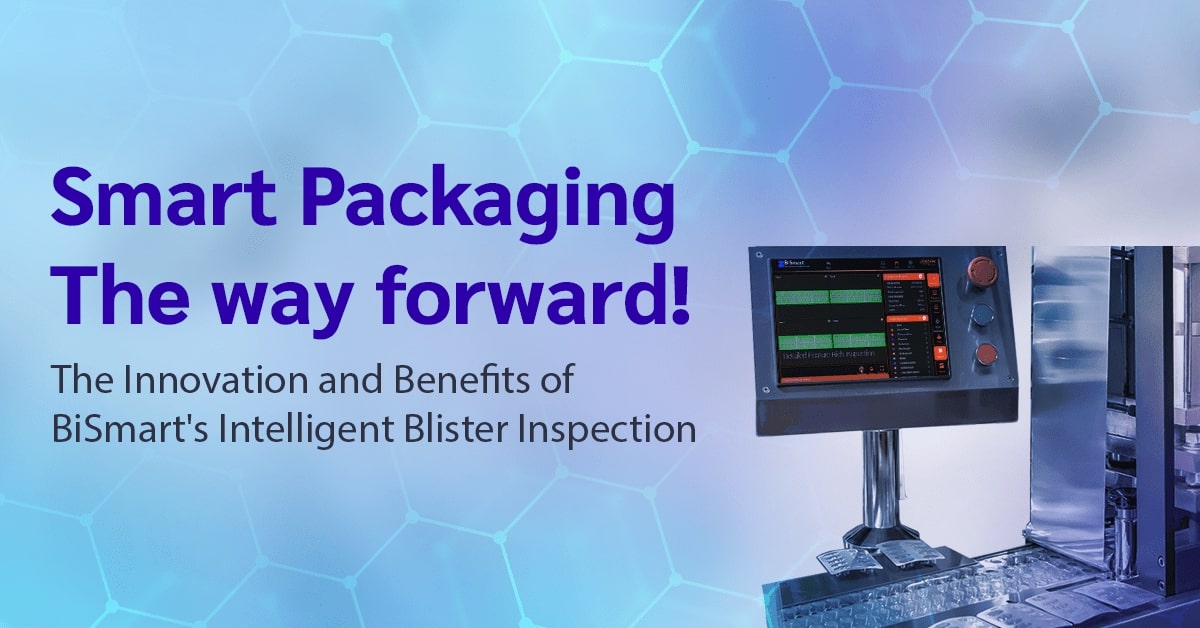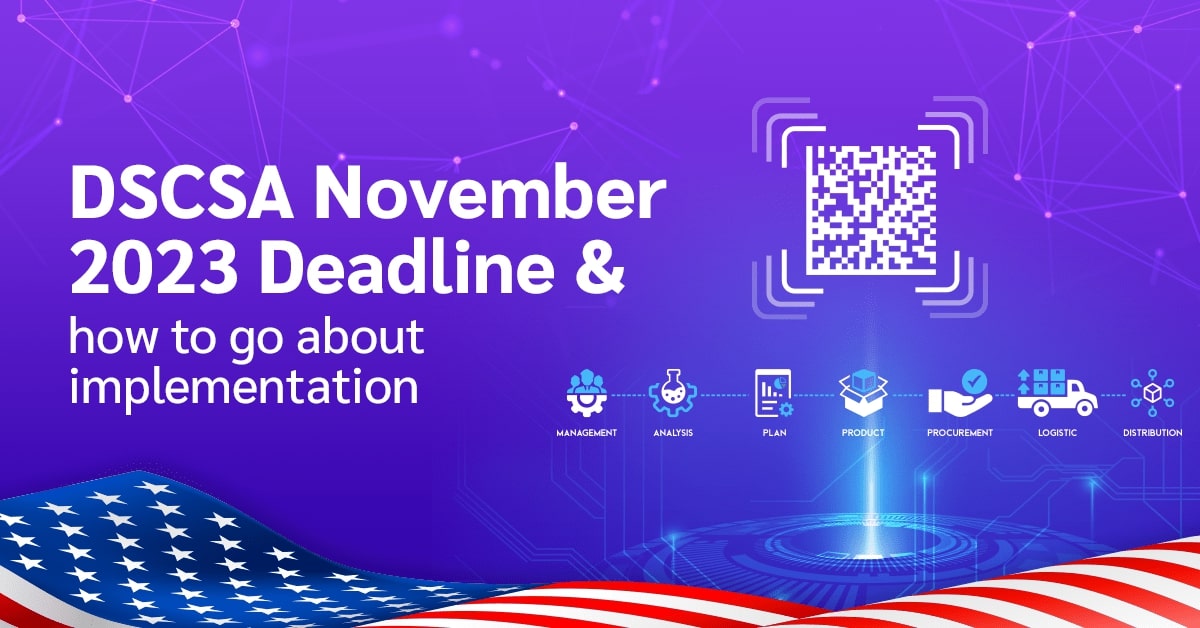In today’s fast-paced industrial landscape, 2D code readers have become essential tools for capturing, tracking, and managing product data across various sectors.
From pharmaceutical and manufacturing to logistics and retail, these readers ensure accuracy and efficiency by quickly decoding information embedded in QR codes, barcodes, and other 2D codes.
Yet, as demands on data precision and processing grow, so does the need for more advanced technology.
Integrating AI into 2D code readers is a transformative step forward, bringing advantages that surpass those of traditional 2D code readers.
Let’s delve into why AI should be a vital addition to 2D code readers and explore the benefits it offers.
The Role of AI in 2D Code Reading
Artificial Intelligence (AI) enhances the standard functionality of 2D code readers by enabling them to “learn” from complex and diverse scenarios.
An AI-based 2D code reader can adapt to varying code types, decode damaged or poorly printed codes, and even discern contextual details that improve reading accuracy.
In practice, this means that the reader can process information with greater accuracy, handle more complex decoding environments, and adapt to issues that traditional 2D readers may struggle with.
By leveraging machine learning and computer vision, AI-powered 2D code readers can be trained to recognize patterns, detect anomalies, and optimize performance over time.
This makes them highly effective in environments where code readability and data accuracy are critical to operational success.
Benefits of AI-Based 2D Code Readers Over Regular 2D Code Readers
1. Superior Accuracy and Reliability
- Traditional 2D code readers are limited by the quality and clarity of the code. If the code is smudged, damaged, or printed with low contrast, a regular reader may fail to interpret it accurately.
- An AI-based 2D code reader, on the other hand, can be trained to recognize codes even under challenging conditions. By learning from large datasets of varied code images, these readers become adept at interpreting imperfect or partially damaged codes, ensuring that valuable data isn’t lost due to readability issues.
2. Enhanced Speed and Efficiency
- AI-enabled 2D code readers are typically faster at processing complex codes. Through parallel processing capabilities, AI readers can decode multiple codes simultaneously or handle high-speed conveyor belts without compromising on accuracy.
- This rapid processing speed is especially beneficial in industries like pharmaceuticals, where production and packaging lines run continuously, and any slowdown due to unreadable codes can cause costly disruptions.
3. Self-optimization and Adaptability
- AI-powered 2D code readers continuously learn and adapt to their environment. For example, if they encounter a new type of 2D code or pattern, they can update their recognition algorithms to include it in future scans.
- This self-optimization feature allows AI code readers to become increasingly accurate over time, reducing the need for manual adjustments or reconfiguration when new codes or packaging variations are introduced.
4. Context-Aware Functionality
- In complex environments like manufacturing, AI-based readers can be configured to consider contextual information. For example, they can distinguish between intended markings and other printed elements that a traditional reader might misinterpret as a 2D code.
- This capability enhances reading accuracy in environments with busy backgrounds, reducing false positives and ensuring that only relevant codes are read.
5. Real-Time Error Detection and Correction
- AI-driven readers can not only detect errors in real-time but can also alert operators to potential issues. For example, if a barcode’s quality is degrading across a production line, the reader can notify operators to investigate the printing process before significant errors occur.
- Traditional code readers may struggle to detect such patterns, leading to unchecked errors and potential rework. This predictive error-detection feature is critical in quality-sensitive industries like healthcare, where accuracy is non-negotiable.
6. Improved Versatility and Compatibility
- With AI, 2D code readers can handle a broader range of code types, from QR codes to Data Matrix and GS1 codes, across different orientations and sizes.
- This flexibility allows industries to standardize on a single AI-enabled reader, simplifying operations and reducing the need for multiple devices or frequent adjustments for code variations.
Use Cases and Applications of AI-Based 2D Code Readers
- Pharmaceutical Industry: In pharma, code readability is vital for tracking medicines from production to end-user. AI-based readers help ensure that all product information is legible and can detect if codes are missing or defective—important for compliance with regulatory standards.
- Automotive Manufacturing: Automotive parts often have high-density barcodes with essential product information. AI code readers can handle varying light conditions and code orientations, ensuring that each part is correctly identified and traced throughout production.
- Retail and E-commerce: AI-based readers in retail can improve checkout accuracy and speed by recognizing codes with high reliability, even if they’re partially damaged or obstructed. This provides a smoother customer experience and reduces transaction errors.
- Supply Chain and Logistics: With AI-based 2D readers, warehouses can improve inventory management by efficiently scanning multiple codes in complex, cluttered environments, ensuring smooth, error-free operations.
Conclusion: The Future of AI in 2D Code Readers
The benefits of integrating AI into 2D code readers are clear.
With improved accuracy, speed, and adaptability, AI-based code readers are poised to revolutionize quality control and traceability across industries.
As businesses continue to prioritize efficiency, compliance, and data accuracy, the shift toward AI-enabled technology becomes not just an advantage but a necessity.
For industries where precision is critical, AI-based 2D code readers are not just a luxury—they’re a smart investment, ensuring that every code is read accurately, regardless of environmental conditions.
The future of data capture and management in industrial settings is here, and it’s powered by AI.
Learn more about Jekson New Age Smart Code Readers, contact us at marketing@jeksonvision.com | +91 63525 29570







